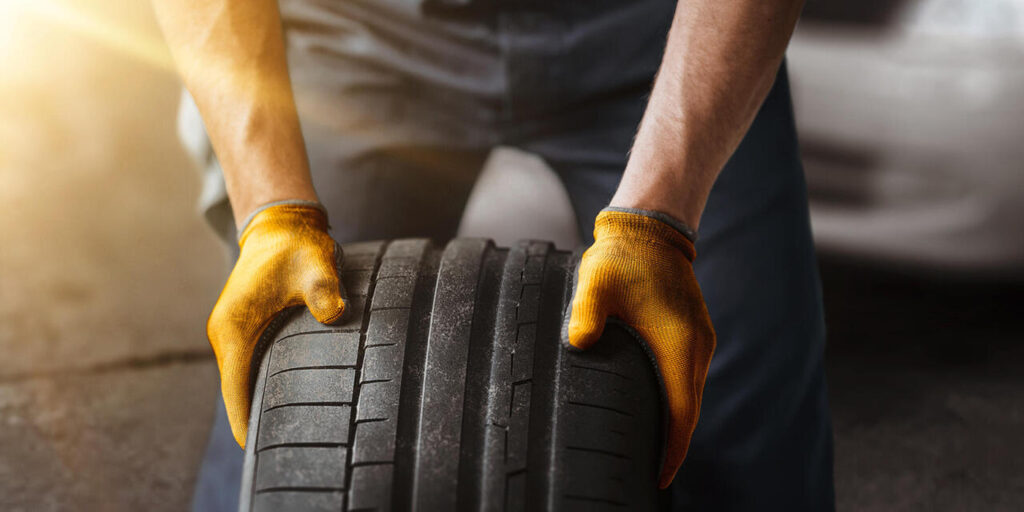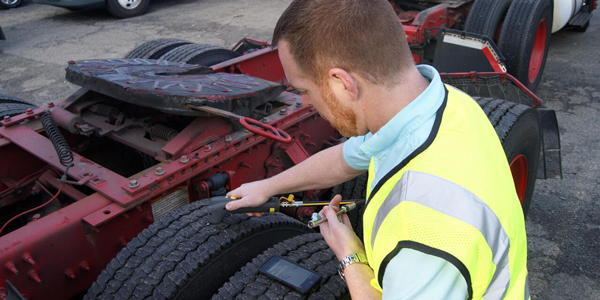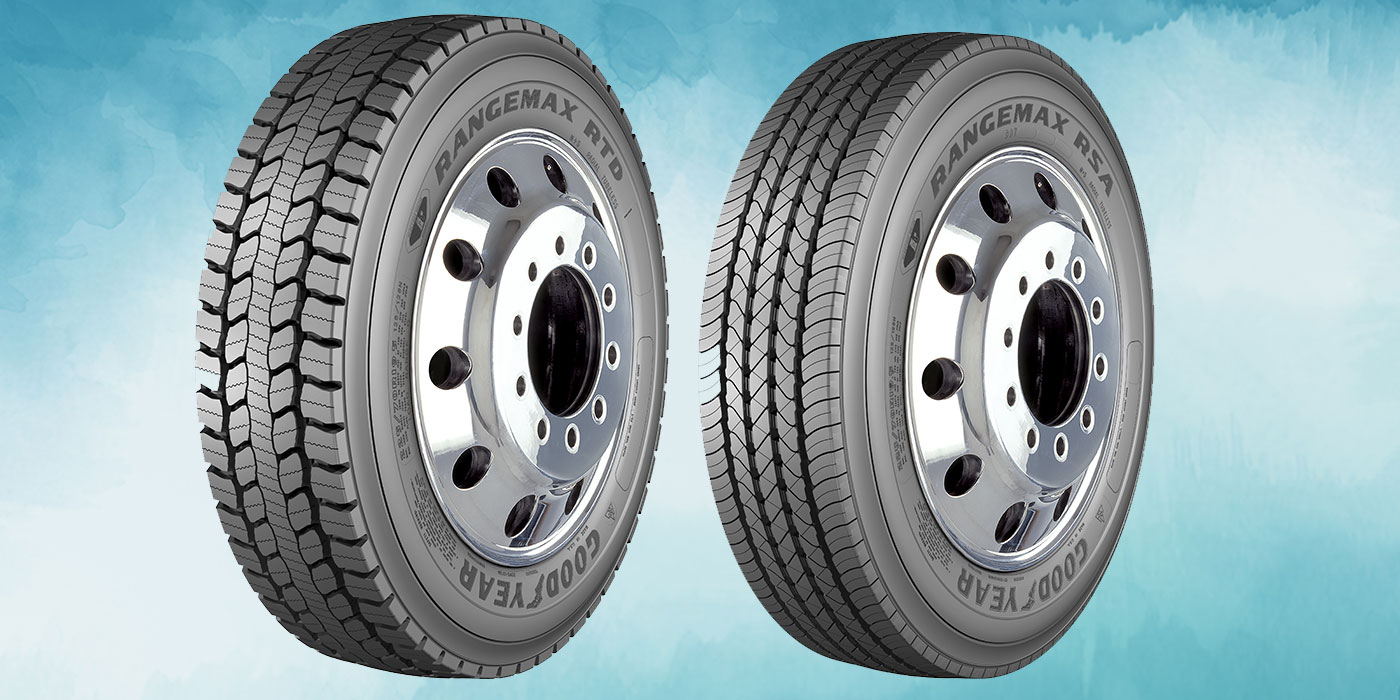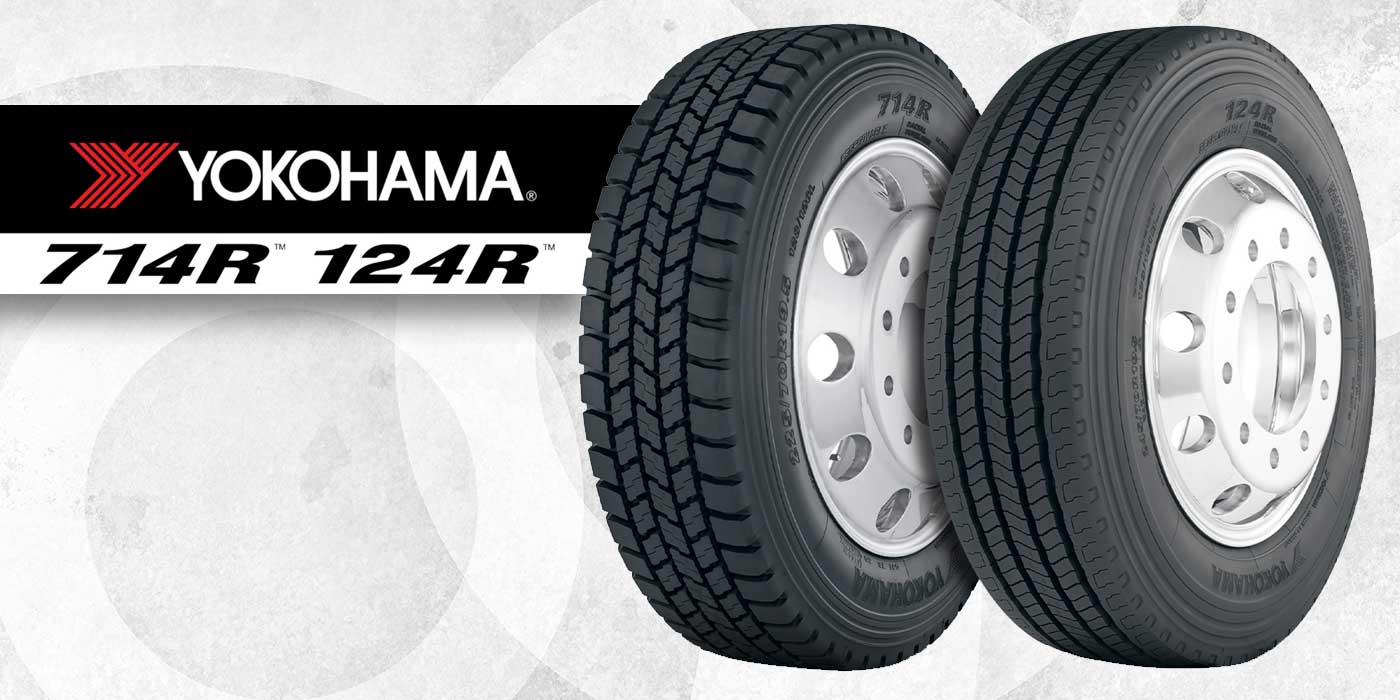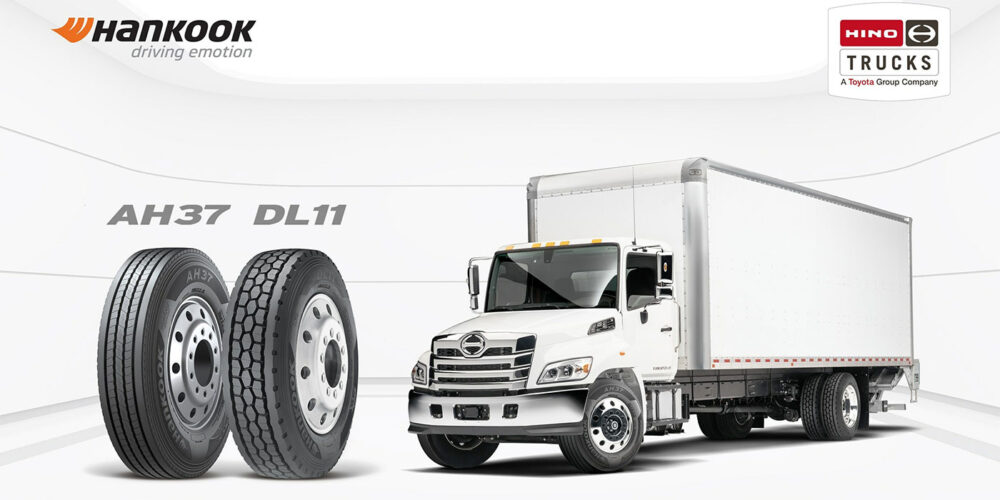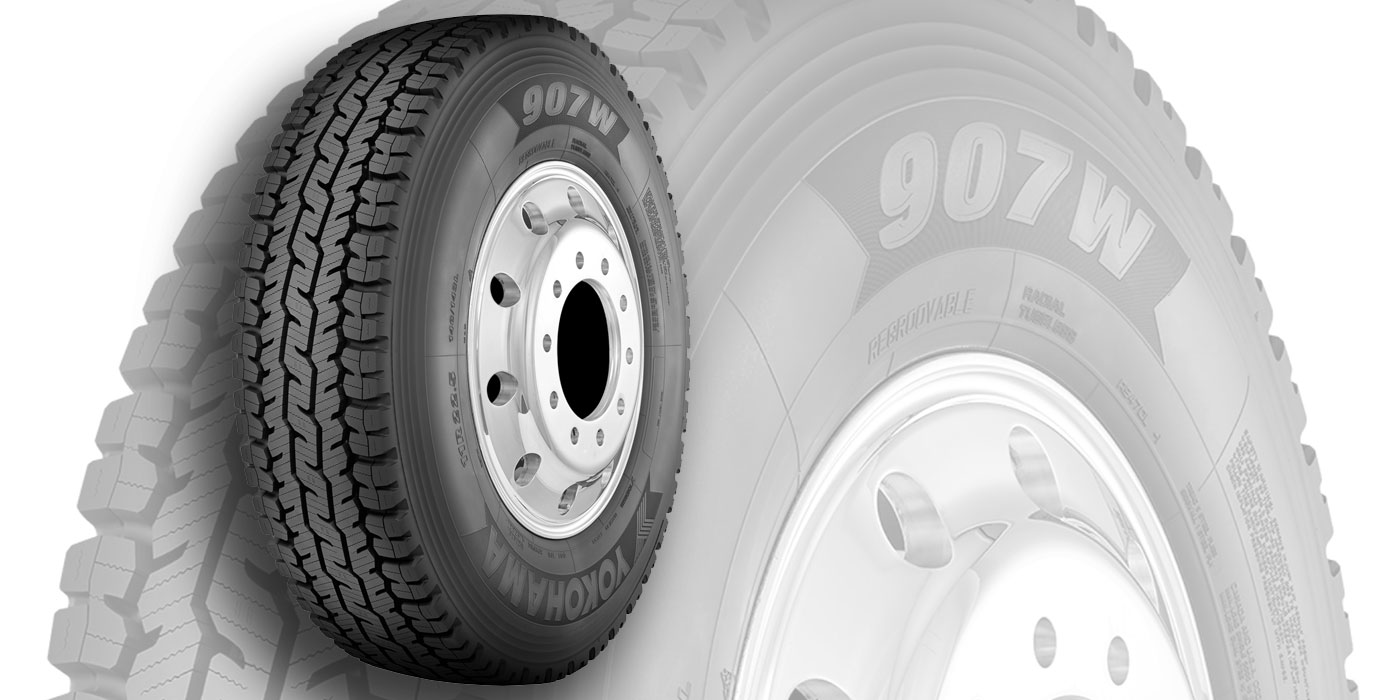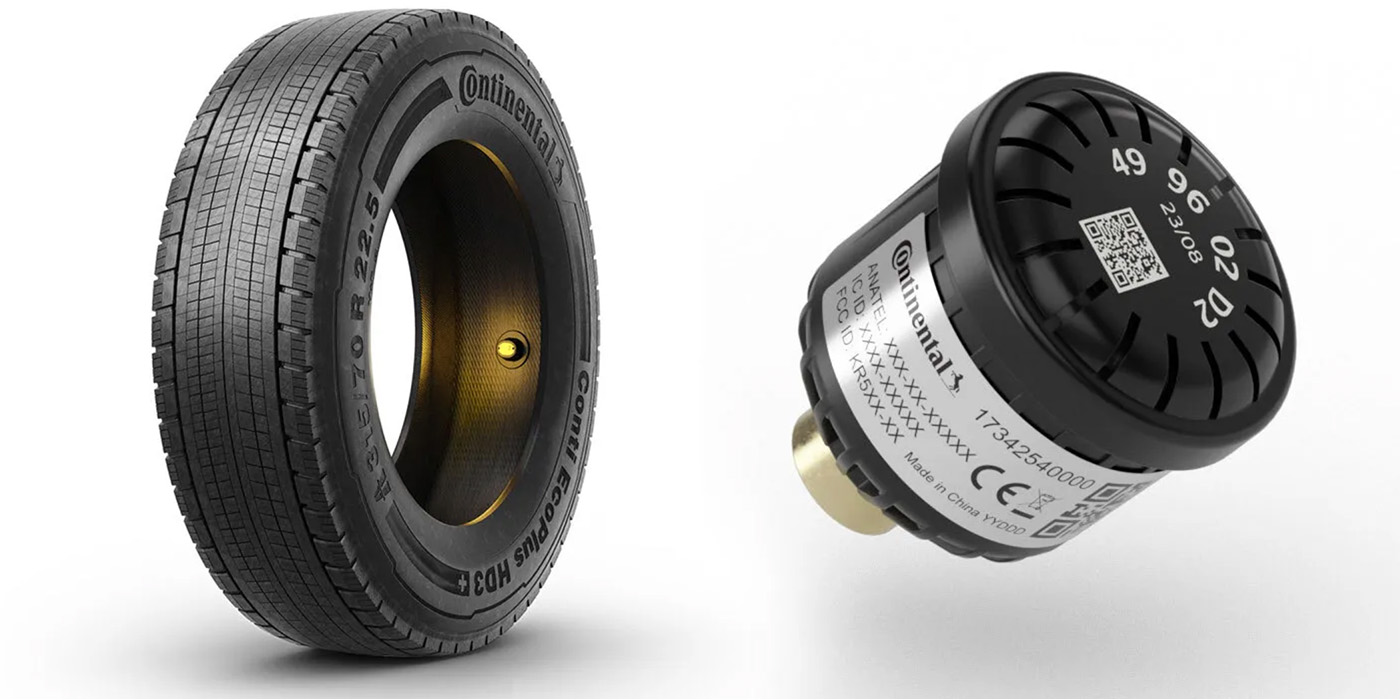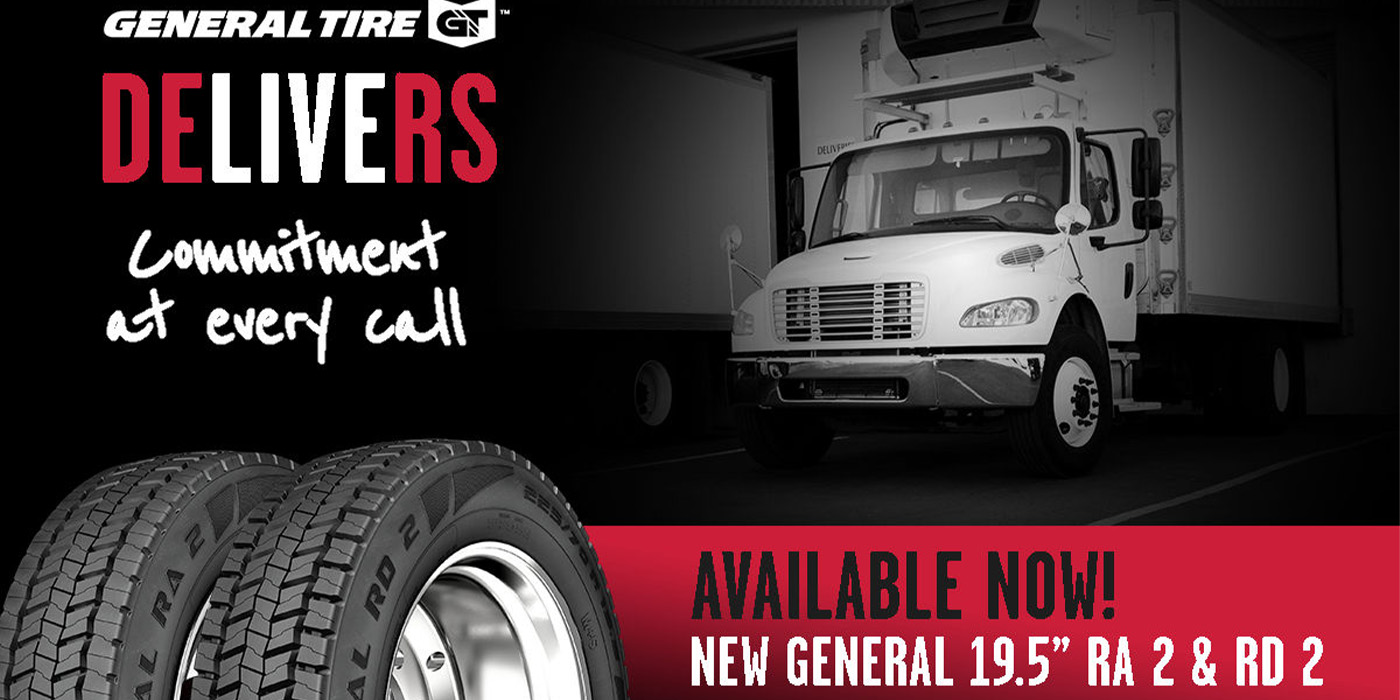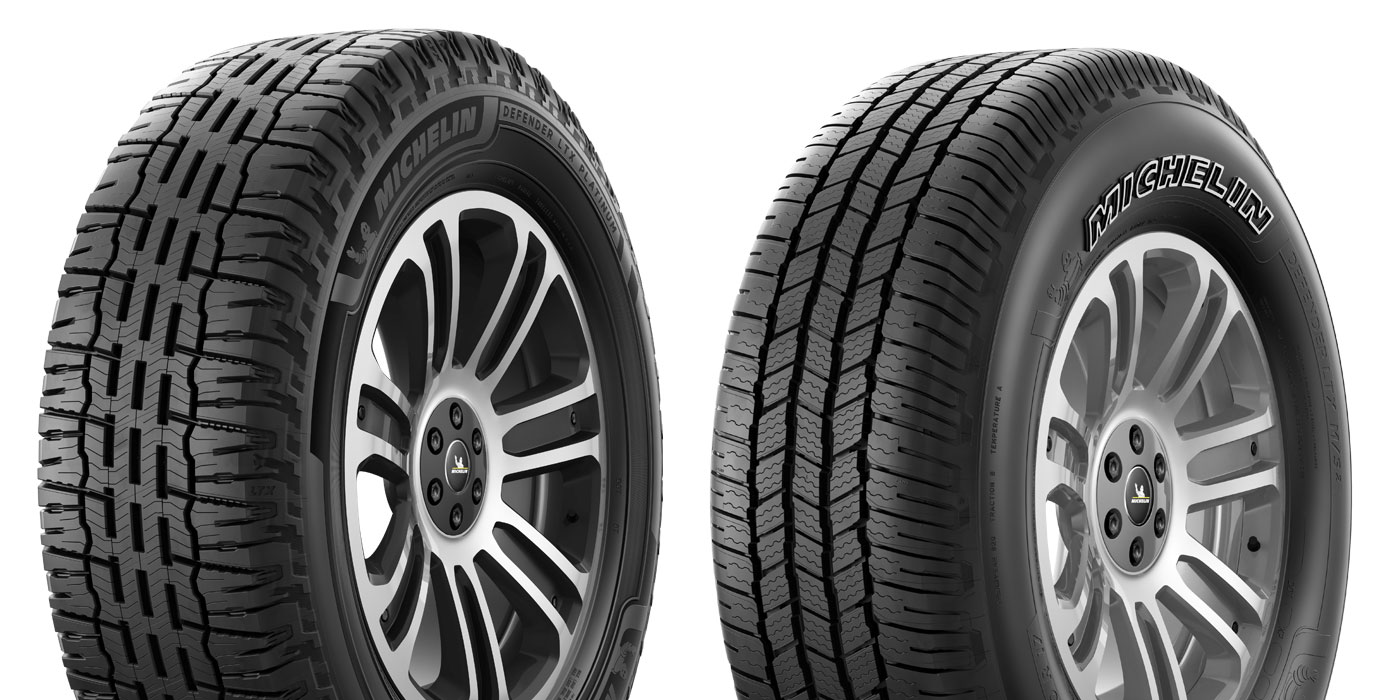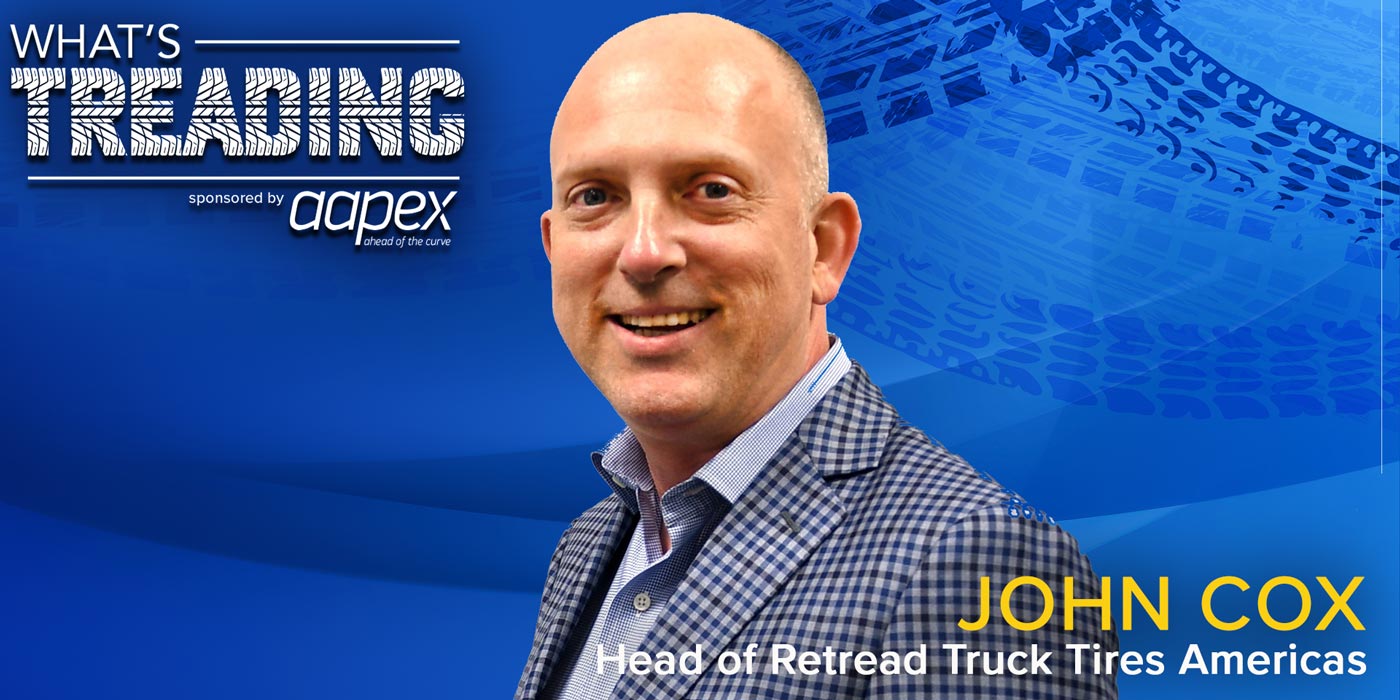Tires are an enormous expense for fleet customers, so it’s no secret those customers want to do everything they can to get the most out of them. Here are nine ways fleets might experience premature tire wear or damage, as well as tips you can give them to swoop in and save their day—and their tires, too.
1. Under-Inflation/Low Tire Pressure
Under-inflated tires are a leading cause of tire failure on the road.
Tires typically lose up to 2% of their air pressure every month. A tire that is underinflated by as little as 2% can exhibit irregular wear and other tire issues. Worn valve stems and temperature changes can increase the amount of pressure loss, as can nail holes and other tire damage from demanding applications such as waste hauling.
Fleets should check their tire pressure at least once a week to help extend the life of their tires. One of the quickest and easiest methods of checking tire pressure data is to invest in a monitoring system. With these tools, tire pressure can be monitored accurately for all tires on the vehicle instantaneously. This can significantly extend the tire’s usable life.
2. Mismatched Tires
When tires are used in a dual position, as seen on drive and trailer positions in the U.S., having mismatched tires can significantly increase premature wear. The easiest method for identifying mismatched tires is examining the tread depth: Differences as small as 4/32nds can cause premature wear. Using tires from different manufacturers or pairing worn tires with new tires can cause this type of mismatch.
More accurate identification of mismatches can be found by examining the tires’ diameters. In some cases, tires can have identical tread depth but a different overall diameter due to engineering differences. This primarily occurs when using tires from different manufacturers. Differences in diameter as small as one quarter of an inch can significantly impact wear.
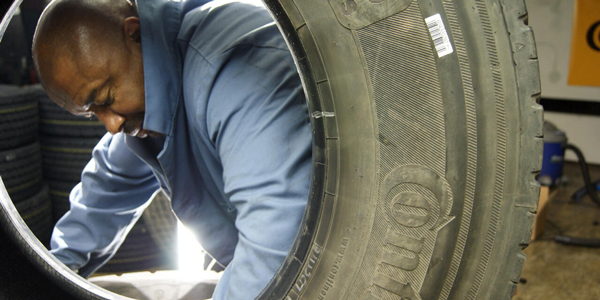
It’s vital to make sure tires in a dual position match. If one tire in a dual position is damaged and requires premature replacement, the fleet should ideally either replace both tires with matching new tires, or have an inventory of used tires on hand from which to select one that matches the remaining tire; otherwise, you may significantly reduce the life of the tires.
Lastly, mismatches between identical tires can be caused by differences in air pressure. Variances as small as 5 psi can cause the tires to be mismatched. This type of mismatch can occur even when the tire make, model, tread depth and diameter are identical.
3. Alignment Issues or Improper Toe Settings
One major culprit of tire wear that often goes undiagnosed is toe-in or toe-out misalignment of the axles, or alignment issues on trailer axles.
A steer tire is the best place to start when diagnosing alignment issues, because it most clearly shows the irregular wear. When we see lateral scrub on the steer tires, it’s usually an indication of toe or thrust wear from either steer axle misalignment or the drive thrust angle.
4. Mechanical Issues
Worn out parts such as king-pins, ball joints and wheel bearings, as well as loose U-bolts, can have a huge impact on tire wear. The tire is a message board of what is happening with the truck. Continental experts can often look at tire wear and use it to diagnose a truck’s mechanical or maintenance issues. The wear patterns typically seen with mechanical issues include spotty and diagonal wear.
5. Incorrect Tire for the Application
Using the wrong type of tire for a fleet’s specific application can lead to premature wear and damage. For example, using a fuel-efficient long-haul drive tire in a local/regional application could cause tire wear from high torque or cut-and-chip damage because it’s not designed to withstand that type of application. Commercial tires are engineered for specific applications, and it is important to use the right tire for the fleet’s needs. Tire tread depth, groove geometry, tread compounds and other engineering factors all play a role in tire wear.
6. Tire Bead Seating/Assembly
If the tire is not seated properly to the wheel flange area, the tire and wheel assembly will have an “out of round” posture that creates wear. If, for some reason, the tire bead doesn’t fit into the wheel properly—for example, if the tire was not sufficiently lubed during installation—it will not properly center onto the wheel flange. This prevents the tread from lying flat as the tire rolls forward and backward and causes uneven wear on the shoulders of the tire.
7. High Speed on Super Singles
New-generation wide base or “super single” tires have a tread mass that is much larger than that of a traditional tire. This causes the tire to crown at high speeds, creating a tire wear pattern similar to that seen with mismatched tires. This type of premature wear can be avoided by respecting the maximum speed posted by the tire manufacturer.
8. High Torque
Excessive torque causes heel and toe wear patterns on drive tires. This type of wear can be avoided by adjusting the truck to reduce torque, or by driving more slowly. However, real-world situations sometimes prevent fleets from taking these measures. If it can’t be avoided, then drive tires should be rotated frequently to “even out” the wear patterns.
9. Road Hazard/Impact
Premature damage to a tire is often caused by a road hazard or impact. However, the impact frequently goes unobserved until the tire is removed. Impact damage can almost always be identified on a demounted tire. Continental experts look for visual clues that impact has occurred, including radial splits, condition of the rubber after failure, the specific way the reinforcement wires come apart and indications of heat generation.

